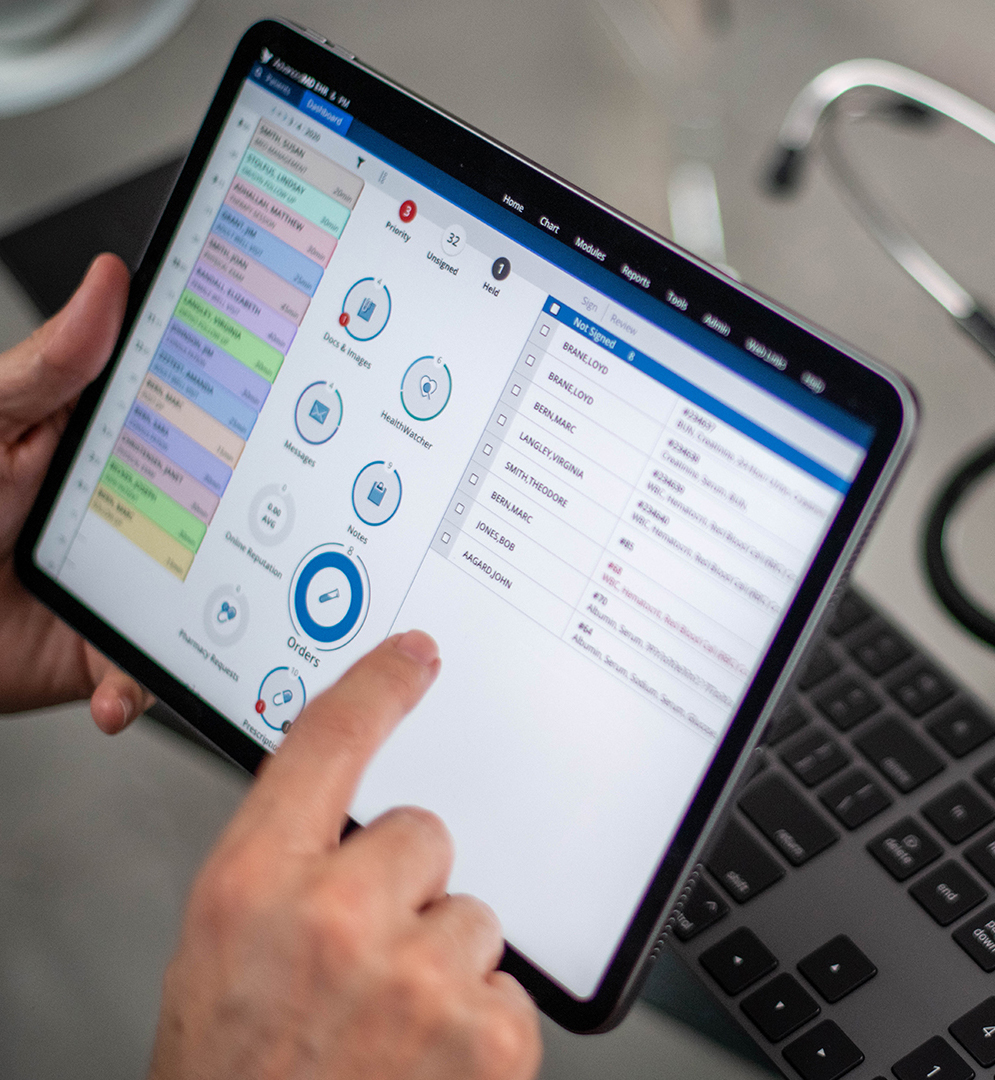Advertising agency executive David Ogilvy said, “All too often we arrive like plumbers, leaving our tools behind.” Don’t arrive at this phase without front office and medical billing software.
Luckily, these business systems are typically included in most leading medical office software bundles. Good medical office software can help your staff work seamlessly together in a collaborative environment.
Selecting great clinical software, including a working health records system (EHR), is critical. Consider your short and long-term growth plans. Clinical documentation software should be flexible enough to scale with your growth and robust enough to integrate with the ever-increasing health information exchanges (HIEs).
You also need a patient portal and telemedicine for your new medical practice that are simple for patients and staff. Don’t overlook that the key value proposition of self-service tools is to help patients and you save time. Moreover, you should seek innovative technologies so you can connect with patients and charts anywhere on any device. (Think about 2am prescription refill requests.)
Because most start-up practices are cash poor, you need an affordable software system that doesn’t require high dependency on IT staff or expensive capital expenditures.
Look for systems that can scale with enough flexibility to grow in a way that is not only affordable but manageable by leveraging your existing staff.






